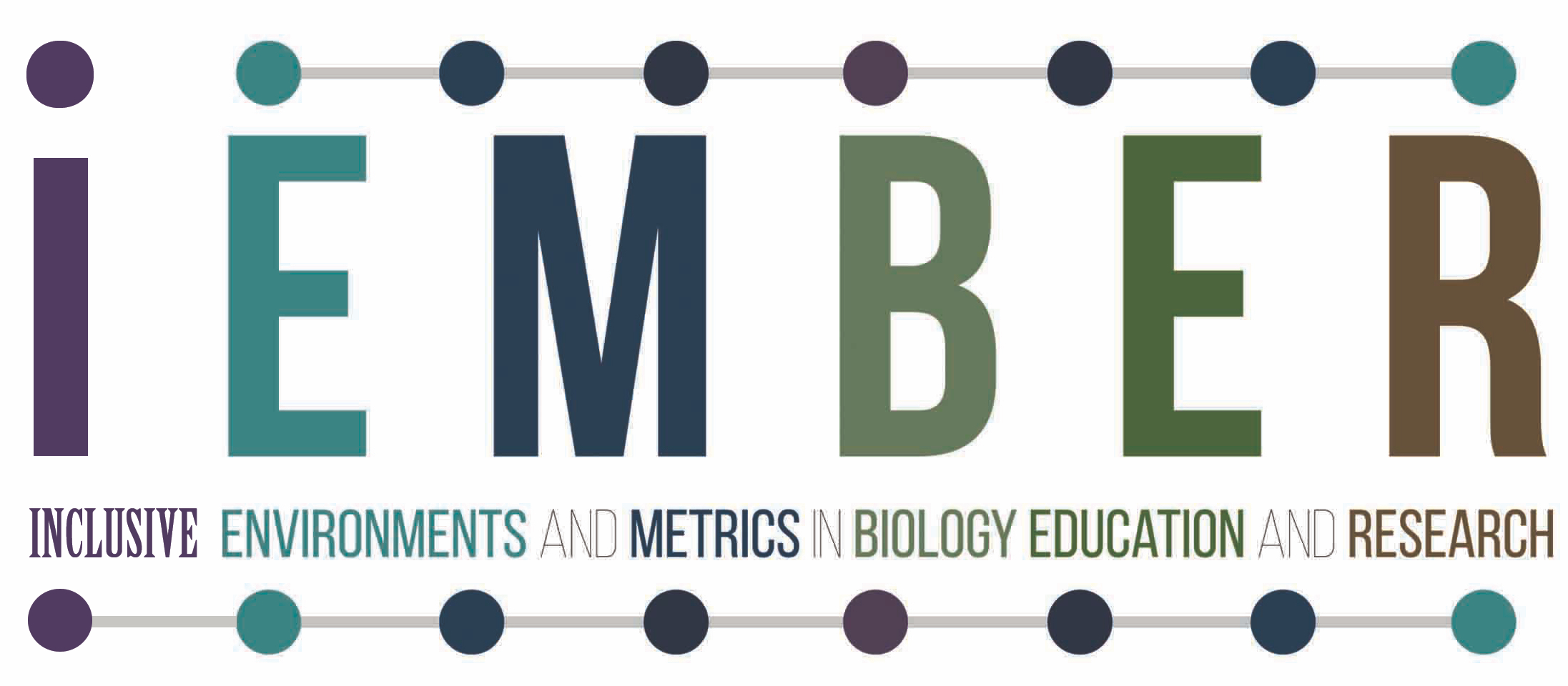Recommendations for Collaborating Across Disciplines
The iEMBER Network Steering Committee created this document based upon a reflection on our experiences as social and natural scientists who have worked in a range of relationships and projects with members from different fields. When it comes to our advice to promote our mission of supporting the creation and success of new research terms from diverse fields, we offer the below grouping of insights. We divide this document into four points: overarching tips for creating and sustaining collaborations, what has made our collaborations successful, things that have inhibited diverse group success, and how to get unstuck.
Overarching tips for creating and sustaining collaborations
To create relationships across groups, continue to actively seek out people from different disciplines. It is not expected that all conversations and early collaborations will yield a fully executed, multi-year research project. Being open to new relationships and perspectives, networking, and having sustained interactions with new people can help create relationships across groups. We have also found that holding the following orientations when working with others can help foster success in interdisciplinary teams:
-
Being willing to be wrong and open to correction
-
Being open to not always taking the lead
-
Being open to diverse ideas and validating viewpoints that may differ from your own
-
Being open to new ideas and thoughts, including being willing to learn and read new material outside of your discipline
What has made our collaborations successful
We have found a range of benefits from working with colleagues whose training and experience is different from our own. These benefits have supported the success of new projects and relationships to broaden our work writ large. Some of the benefits we have found have come from:
-
Diverse disciplines coming together can provide novel theoretical and methodological possibilities for addressing research questions and problems of practice
-
Attending conferences outside of biological research has helped natural science iEMBER members explore other fields and create new relationships with people willing to contribute and partner in new and current research projects
-
Members taking ownership/leadership roles and moving collaboration forward efficiently
-
Team members collectivity crafting a culture of acceptance
-
iEMBER-provided funding to facilitate gatherings/conference attendance
-
The strength and reach of our own personal networks
-
Ideas are taken in different directions because of the different training and expertise of team members
-
A common goal of helping ourselves and our colleagues reach students effectively
-
Members that really want to learn from each other, and have flexibility in developing the idea
Sticking Points…When Groups Have Become Stuck
From time to time, as is the case in all collaborations, common roadblocks pop up which can potentially set back progress. We offer some of the following points to help members identify them in their own work, and to name and address them. These can include:
-
Lack of bandwidth/no clear leader of a project
-
Lack of definition/clarification of project roles
-
When someone attempts to take something in a direction aligning solely with their own priority, and not more aligned with the group’s shared/individual priorities
-
Not holding consistent meetings
-
Lack of true appreciation of diversity of thought
-
Poorly defined or unshared understanding of the overall project direction and goals
-
Changing bandwidth among members
-
Lack of a way to discuss/manage/navigate interpersonal conflicts within leadership
Lack of understanding of the expertise in the room/group
How to get unstuck
It is true that it will require effort, particularly when one is first branching out to connect with scholars outside of their field, to sustain new research projects with new collaborators with complementary expertise. We have found the following strategies to be supportive of navigating newly forming relationships. Actions that can be taken during conversations include having courageous conversations in community, during which you may feel uncomfortable. This can happen particularly if you are reckoning with understanding your social positionings in ways you may not have had to before due to holding particular majoritized identities. This navigation can entail a need to understand differences in goals/needs of individuals and how that impacts the group and individual, and how that can be addressed. Finally, focus on common goals in DEI research and the skills and attributes that members bring to the team is a way we have found to build on members’ strength to create new synergies that help us advance biology education research in ways that are innovative and consequential.
